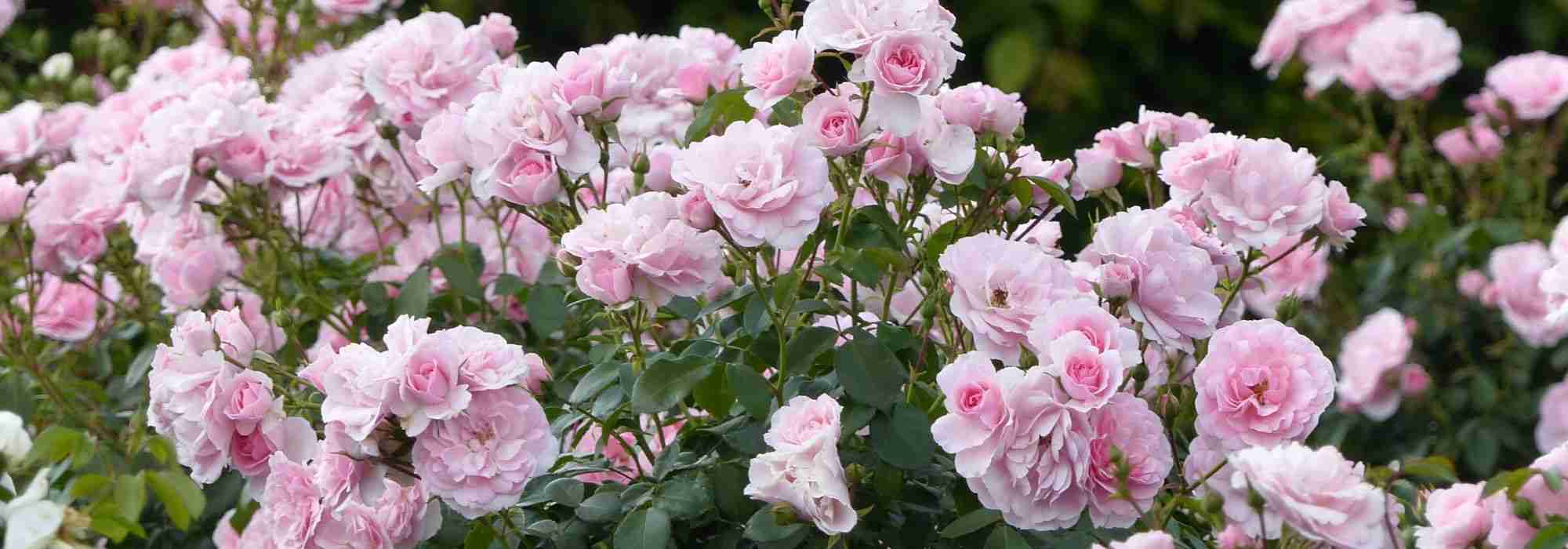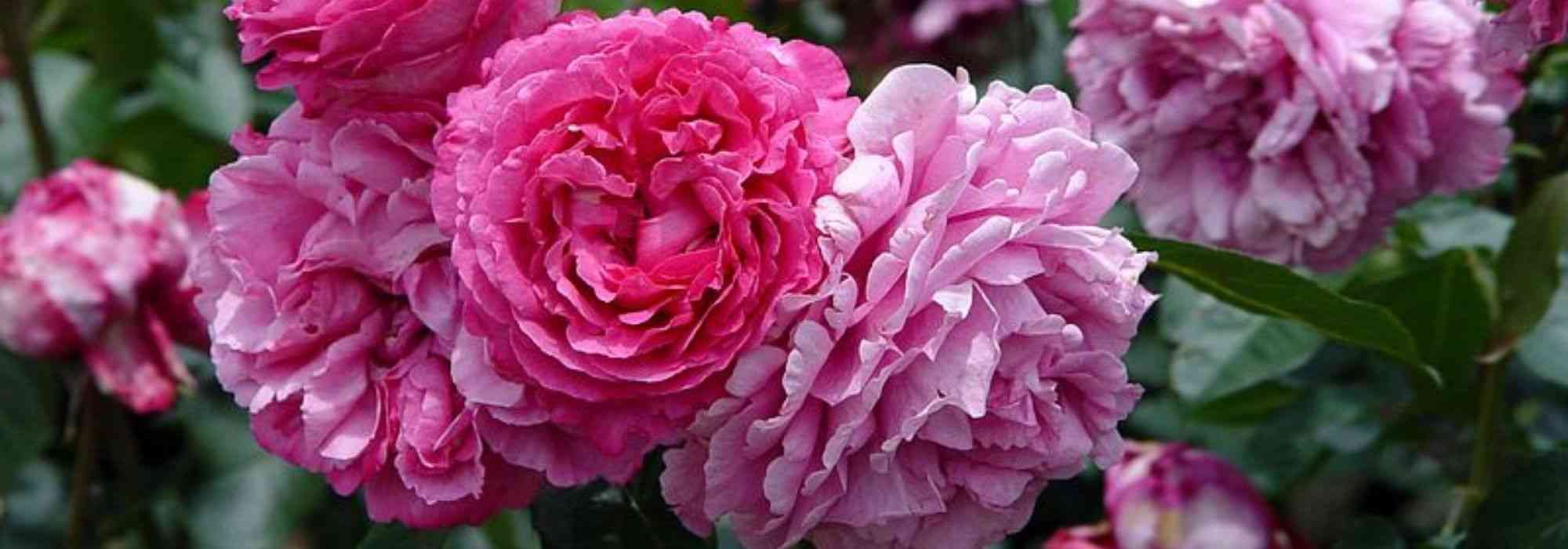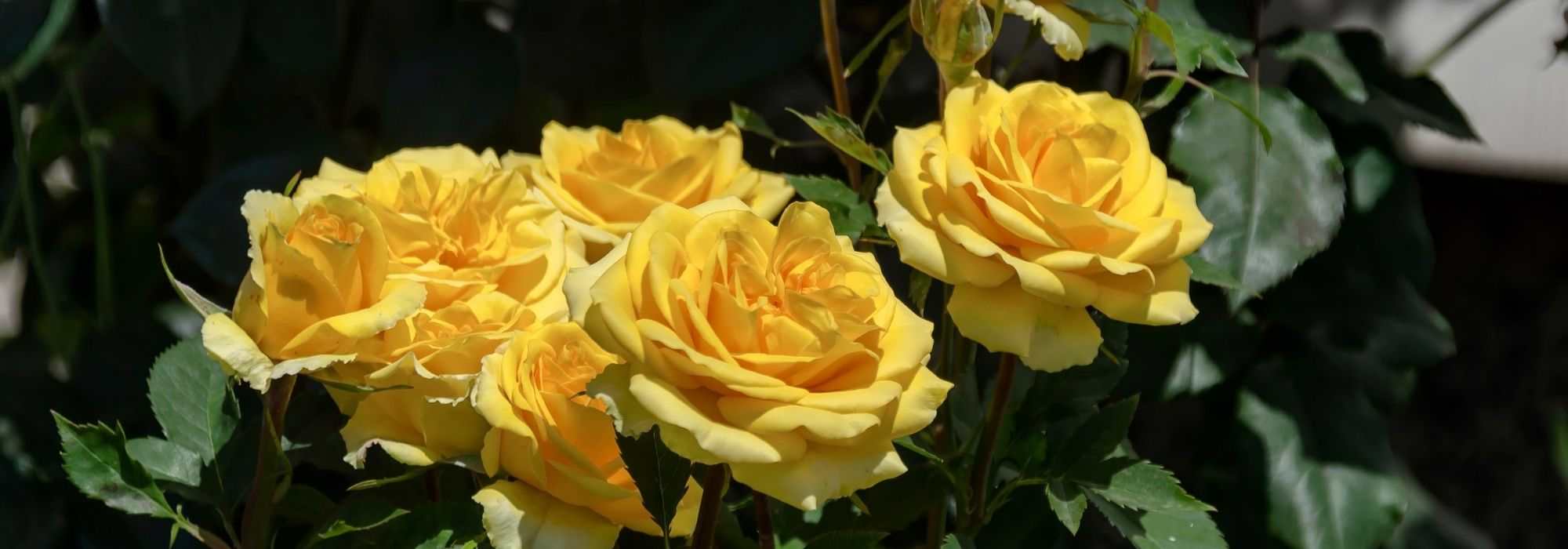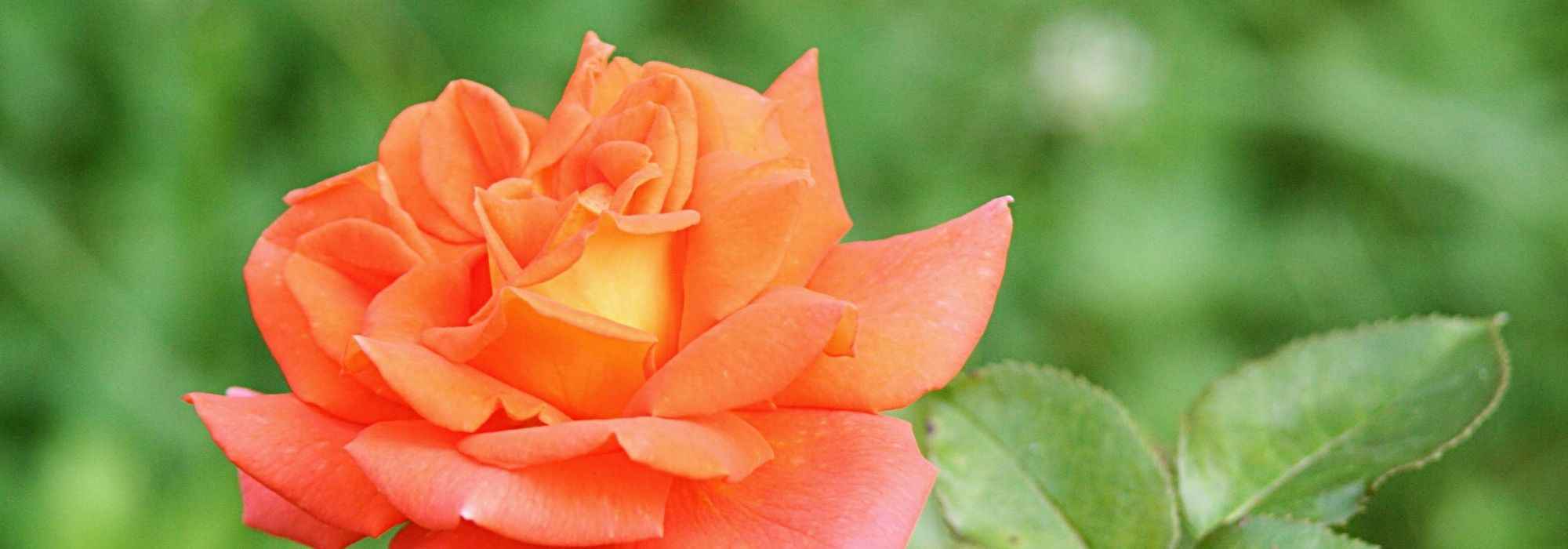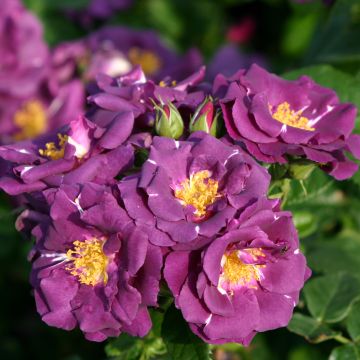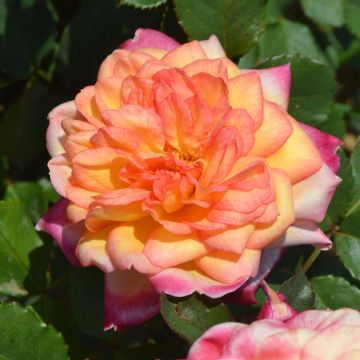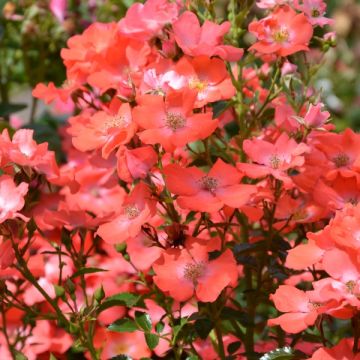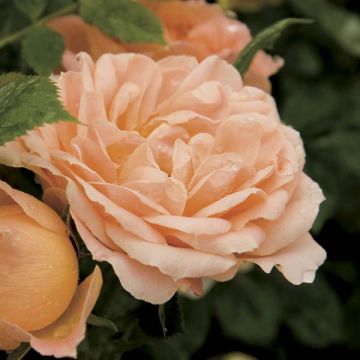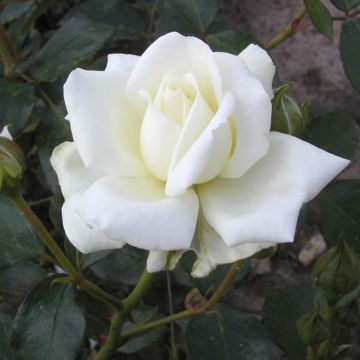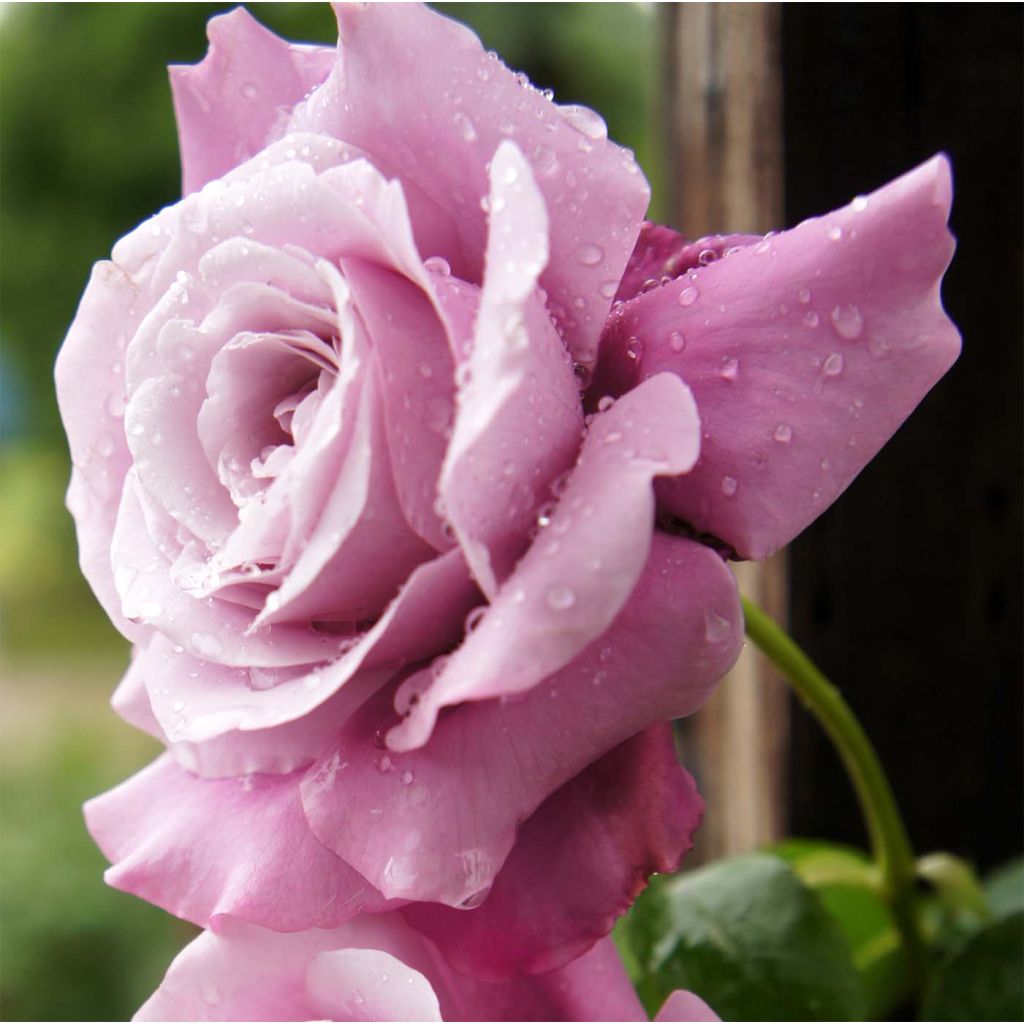

Rosa 'Charles de Gaulle' - Shrub Rose
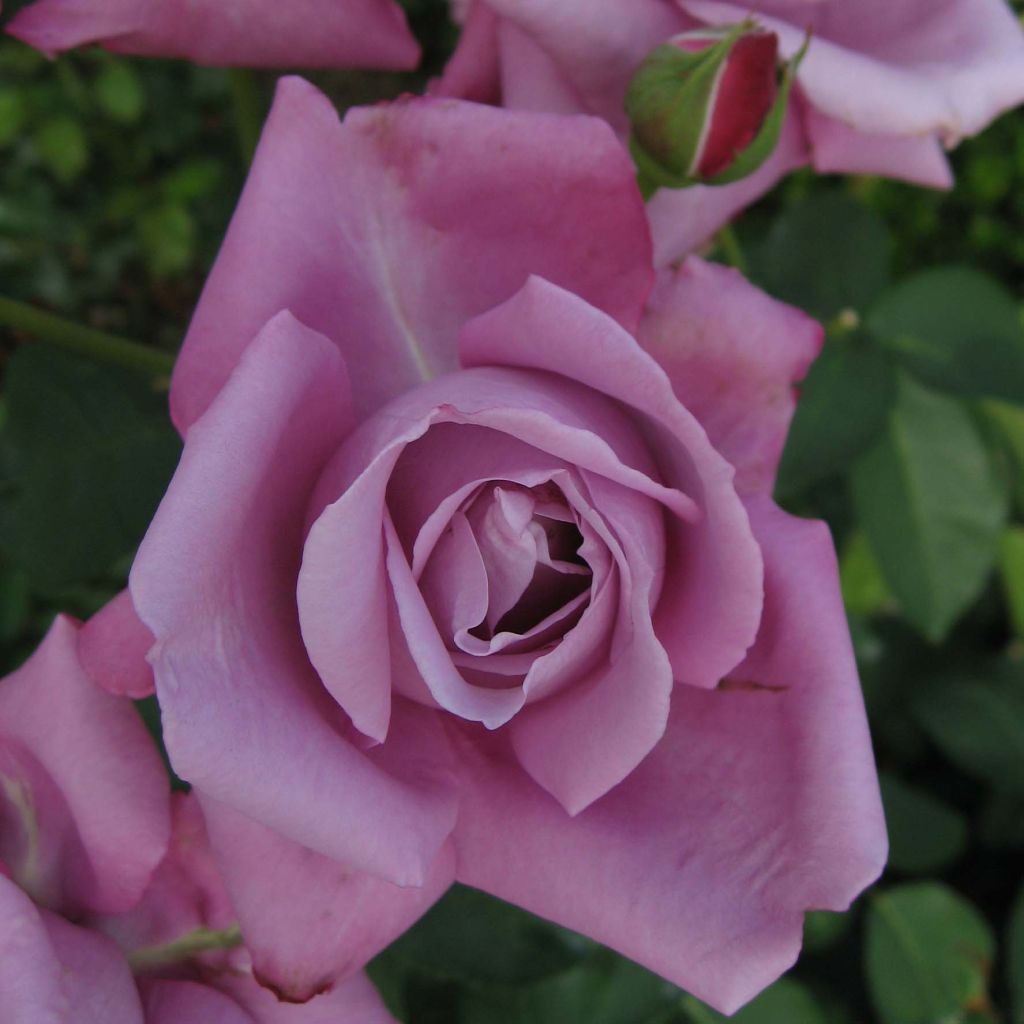

Rosa 'Charles de Gaulle' - Shrub Rose
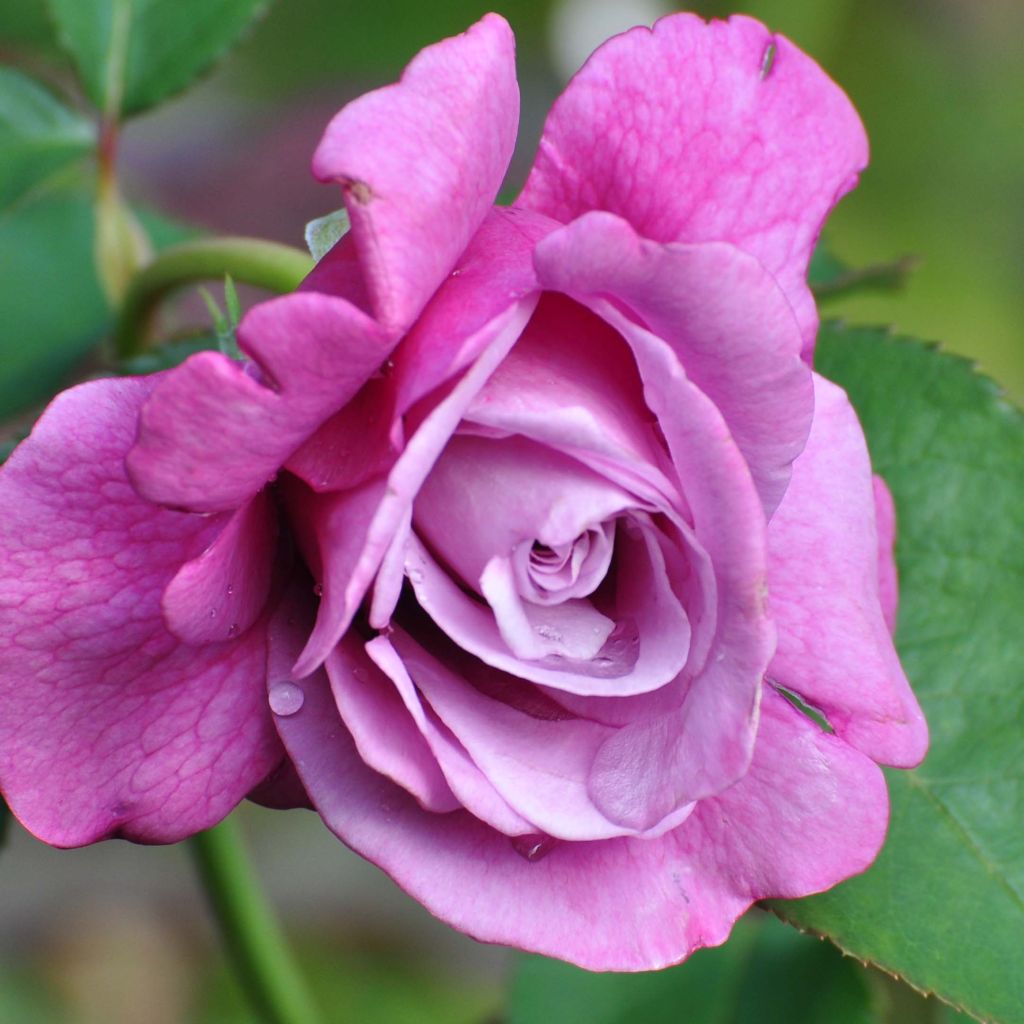

Rosa 'Charles de Gaulle' - Shrub Rose


Rosa 'Charles de Gaulle' - Shrub Rose
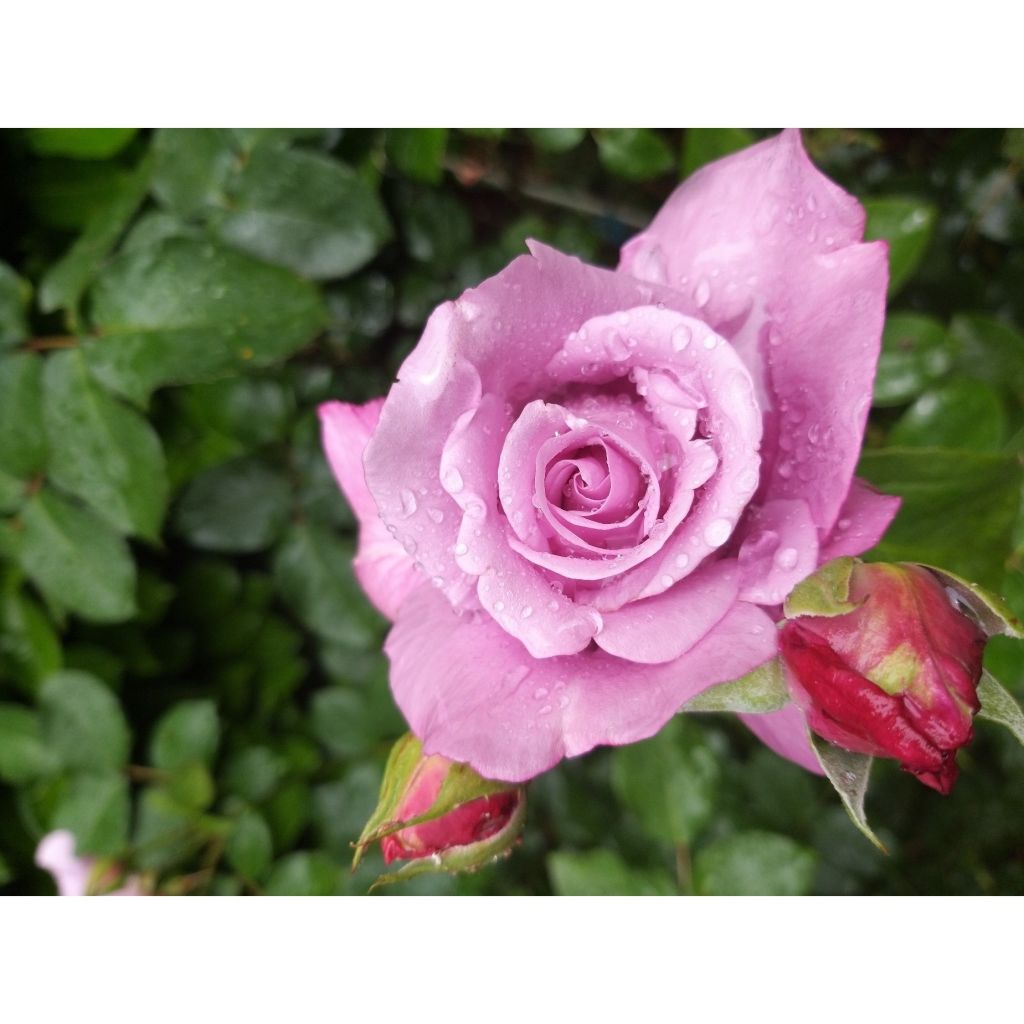

Rosa 'Charles de Gaulle' - Shrub Rose
View more pictures
Hide images
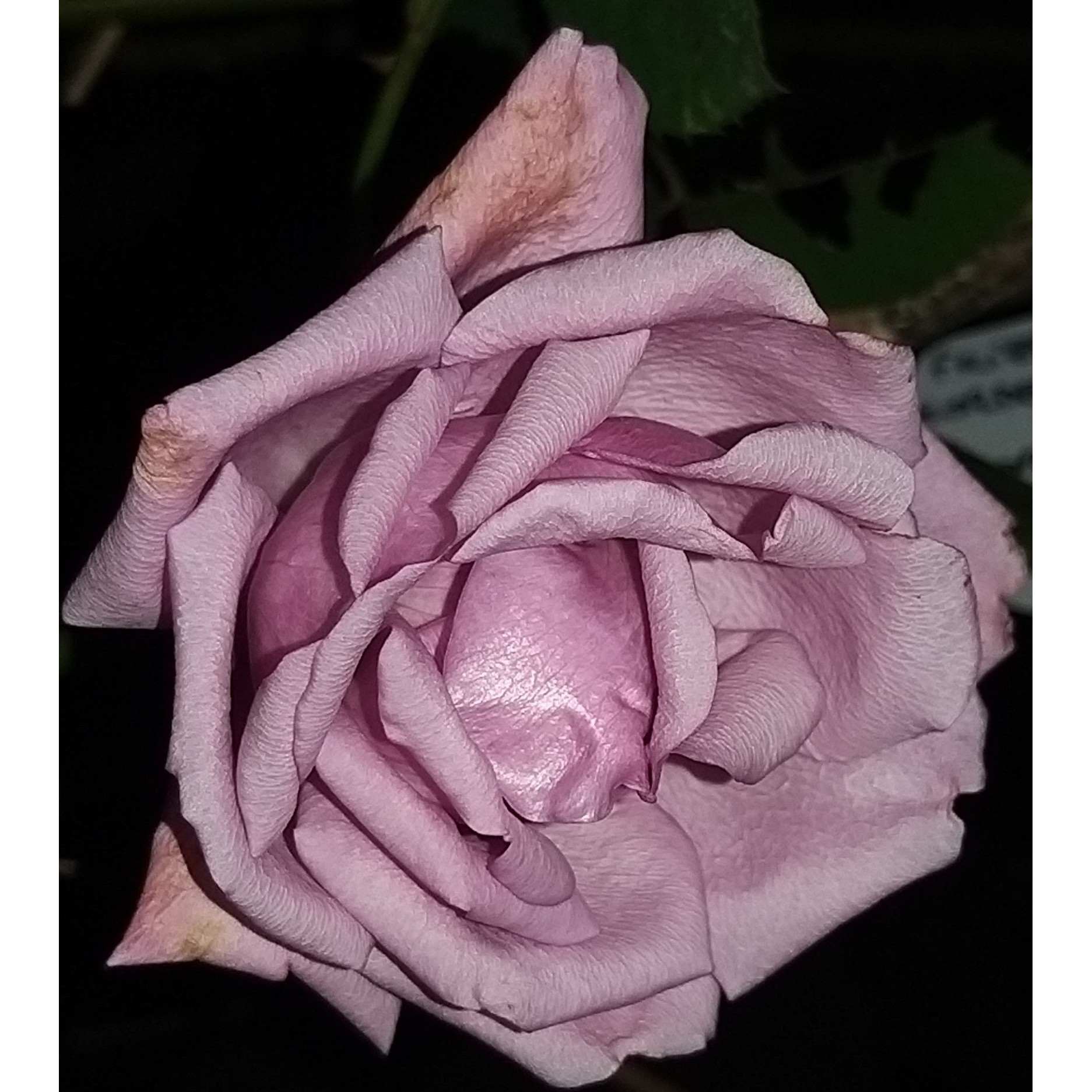
Thierry P.

No text to translate.
Thierry P. • 84 FR

Thierry P.

October flowering - image 23
Thierry P. • 84 FR
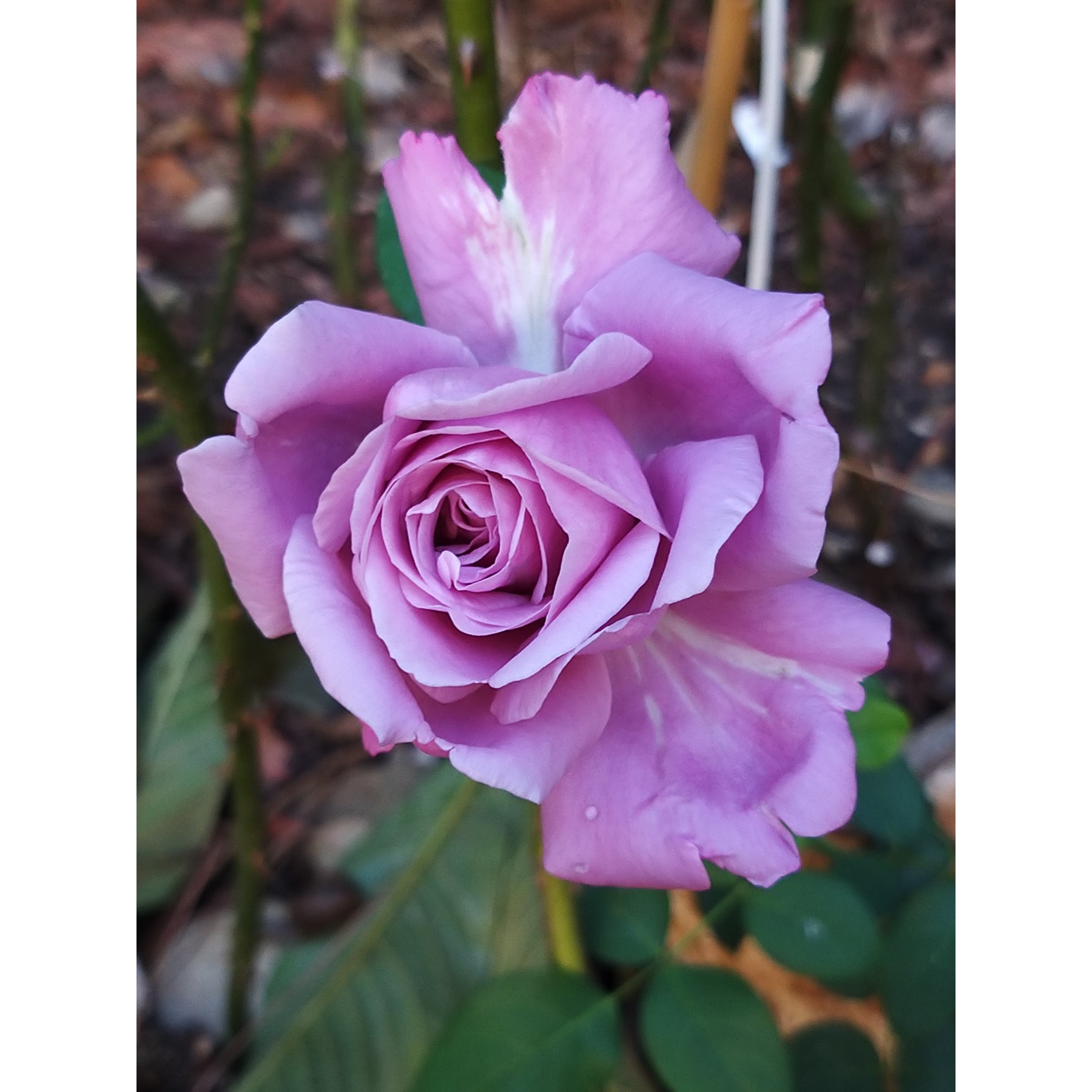
Thierry P.

No text to translate.
Thierry P. • 84 FR
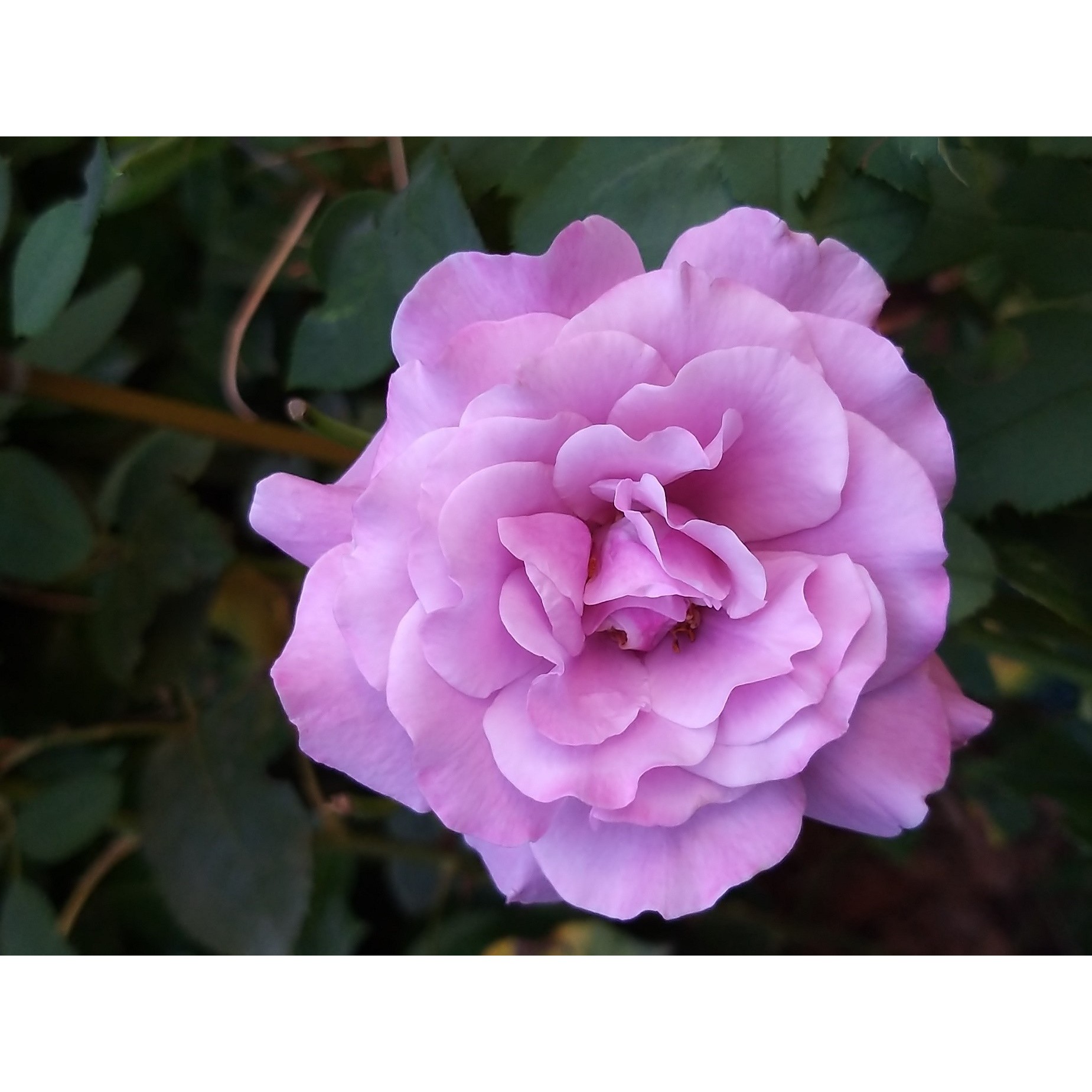
Thierry P.

N/A
Thierry P. • 84 FR
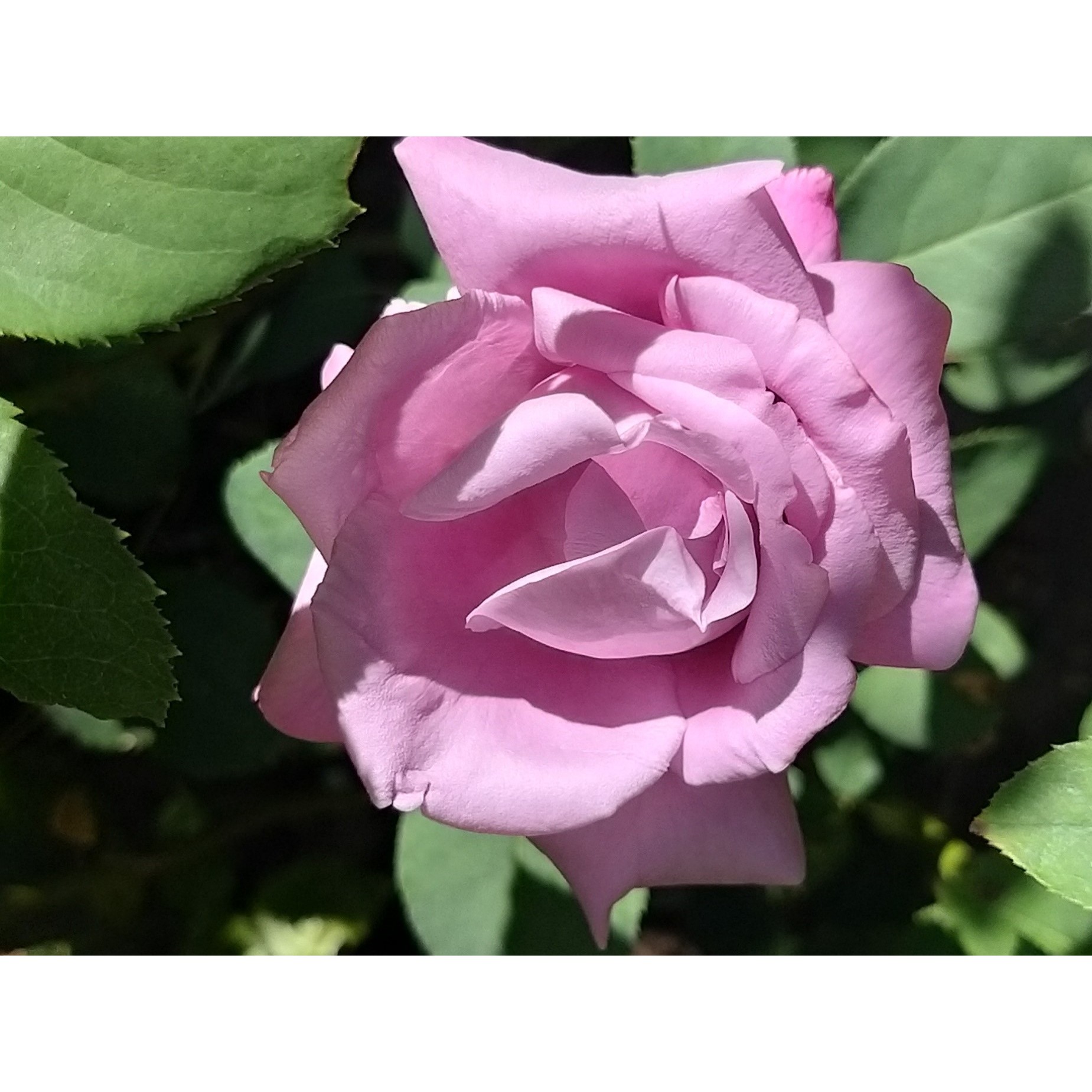
Thierry P.

August flowering - image 13
Thierry P. • 84 FR
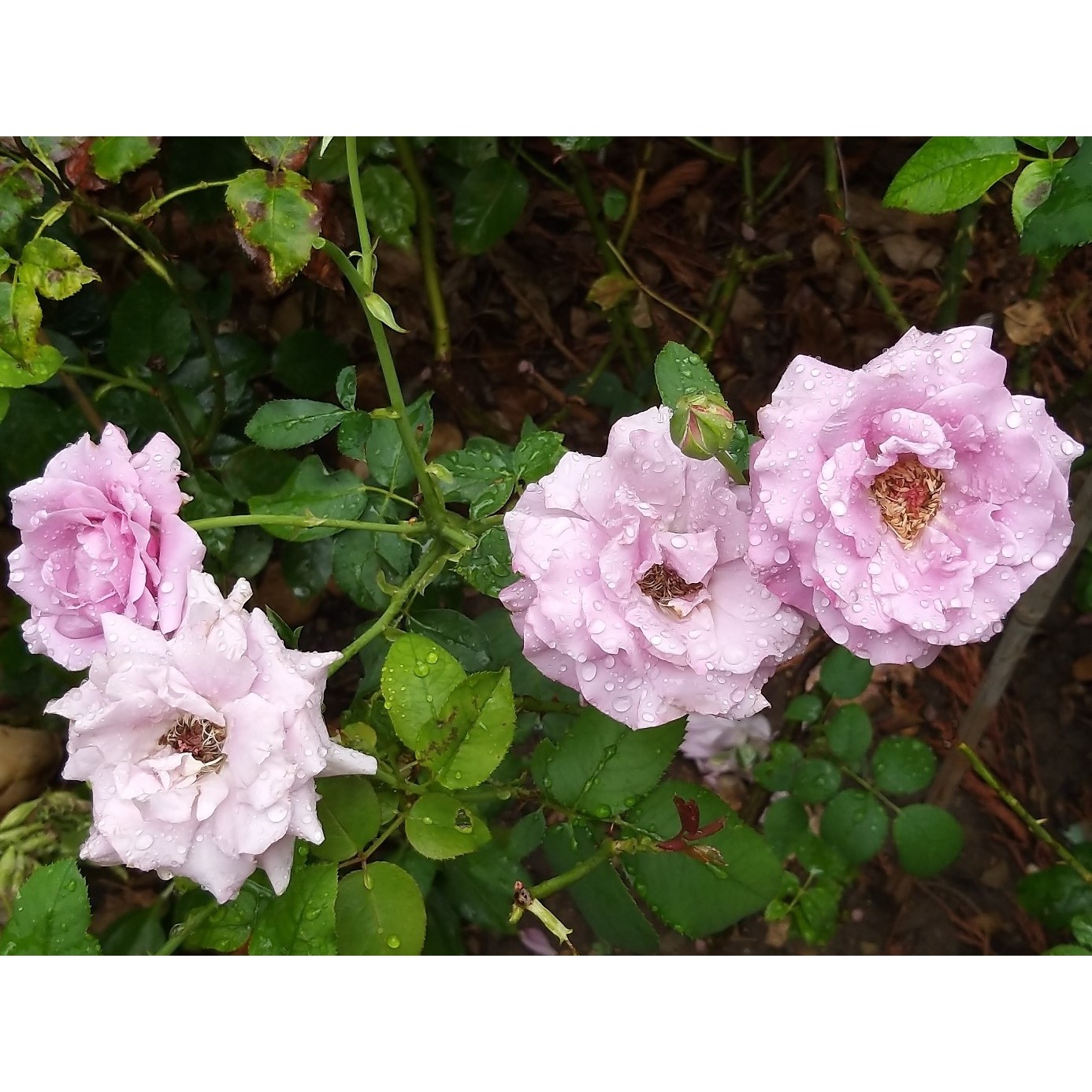
Thierry P.

July flowering - picture 10 (after a storm)
Thierry P. • 84 FR
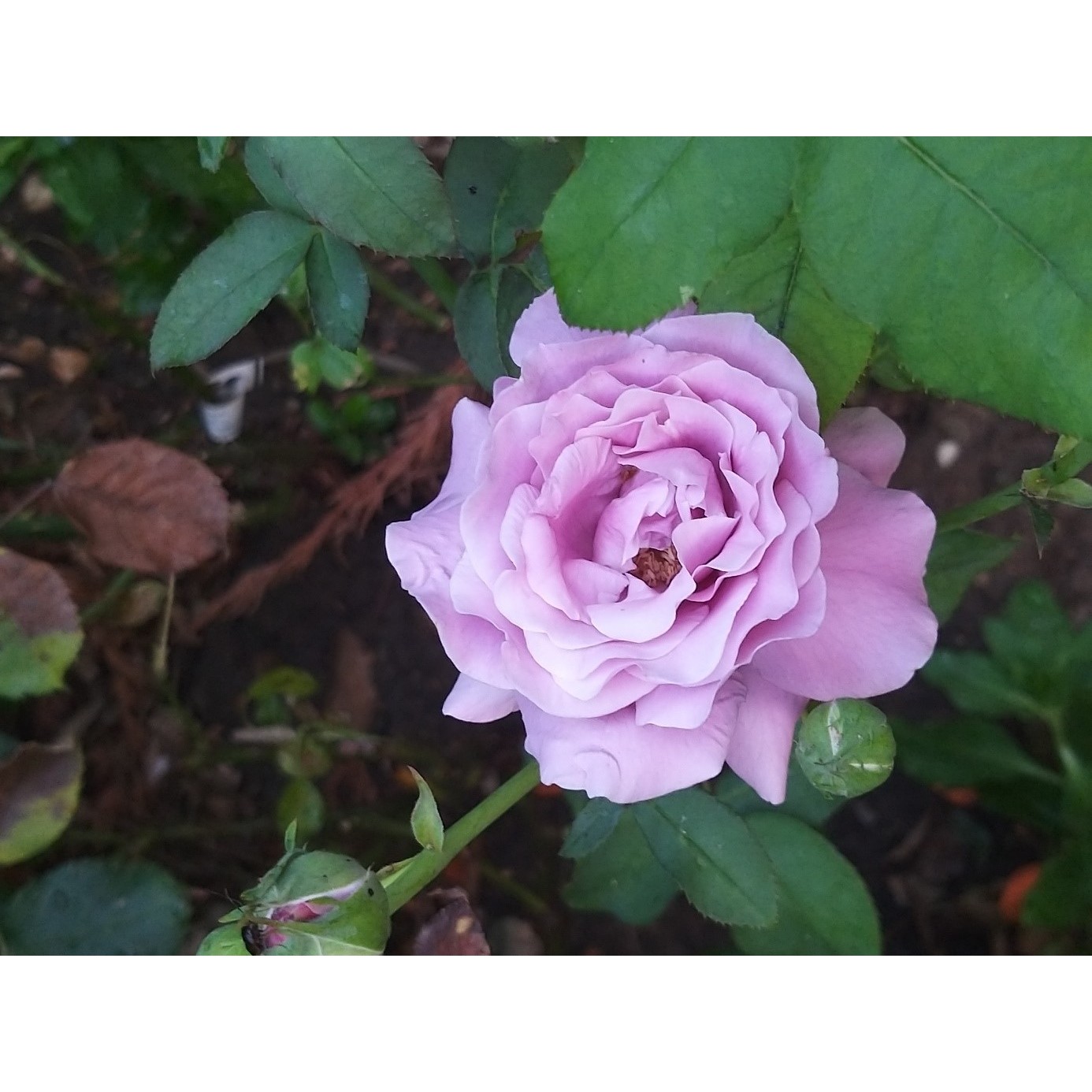
Thierry P.

N/A
Thierry P. • 84 FR
Rosa 'Charles de Gaulle' - Shrub Rose
Rosa Charles de Gaulle® 'Meilanein'
Meilanein
A lovely young plant that has settled in well, despite being planted a bit late in May. The flowering continued right through until autumn; my husband is delighted with his rose bush and its fragrance.
Carla, 05/12/2025
Special offer!
Receive a €20 voucher for any order over €90 (excluding delivery costs, credit notes, and plastic-free options)!
1- Add your favorite plants to your cart.
2- Once you have reached €90, confirm your order (you can even choose the delivery date!).
3- As soon as your order is shipped, you will receive an email containing your voucher code, valid for 3 months (90 days).
Your voucher is unique and can only be used once, for any order with a minimum value of €20, excluding delivery costs.
Can be combined with other current offers, non-divisible and non-refundable.
Home or relay delivery (depending on size and destination)
Schedule delivery date,
and select date in basket
We guarantee the quality of our plants for a full growing cycle, and will replace at our expense any plant that fails to recover under normal climatic and planting conditions.
Description
The 'Charles de Gaulle' Rose is an unusual modern hybrid tea rose in its mauve-pink colour and rather extraordinary fragrance. This upright bush produces large, campanulate flowers with a colour that falls between pink and lilac mauve. With their vintage tone, these flowers are enveloped in an intense, penetrating, addictive scent of 'blue' rose, with original notes of lemon verbena. Adorned with ample, vibrant green foliage, this robust bush provides sublime flowers for bouquets. Despite its susceptibility to black spot, a charming and long-lasting rose should be planted solely for its fragrance and colour.
'Charles de Gaulle' or 'Meilanein' is a modern bush rose with large flowers, bred by Marie-Louise Meilland in 1974. This variety is derived from the 'Sissi' rose and gave rise to the Claude Brasseur rose. A magnificent fragrance runs through this lineage of gorgeous blue roses.
The 'Charles de Gaulle' rose forms a bushy and erect shrub, somewhat rigid, and reaches approximately 85 cm (34in) in height with a spread of 70 cm (28in) at maturity, with rapid growth. It produces strong, spiny, and well-branched branches that bear ample, vibrant green foliage. Throughout the summer, if one removes faded flowers, the plant continuously produces beautiful 10 cm (4in) diameter flowers with a deep turbinated cup shape that opens into a tightly packed centre. This is typical of hybrid tea roses. The flowers, composed of 35 to 40 petals, start pink and become more lilac to almost mauve at full bloom. They are solitary and borne at the end of long shoots from the current year or emerging from 2-year-old stems. The flowering, which repeats, is distinguished by a penetrating rose fragrance that is floral-sweet, herbaceous, and rustic.
This 'Charles de Gaulle' rose is perfect for any flower enthusiast's garden, whether they are a beginner or an experienced gardener. With its retro charm and beautiful fragrance, it deserves an equally graceful setting and a place not far from the house. Some light-flowering perennial plants (Autumn Asters, Foxgloves, Penstemons), grasses, lavenders, and nepetas are ideal for enhancing its beauty and accompanying it late in the season. For example, pair it with a red or garnet rose (Charles de Mills, Papa Meilland, Roseraie de l'Haÿ, Hansa); their colours and fragrances create a beautiful symphony. With a little daring, one can combine mauve with soft orange or yellow with a rose like Danaë. Simple and easy-to-grow perennials such as Geranium Rozanne, Geranium Pink Cloud, Nepeta Walker's Low, and campanulas will accompany it for most of the summer. It will also make a fine display when planted alone, for example, in groups of 3 and in a large pot on your terrace or balcony. Its flowers make gorgeous romantic bouquets in the company of pink peonies and white lilacs.
Rosa 'Charles de Gaulle' - Shrub Rose in pictures
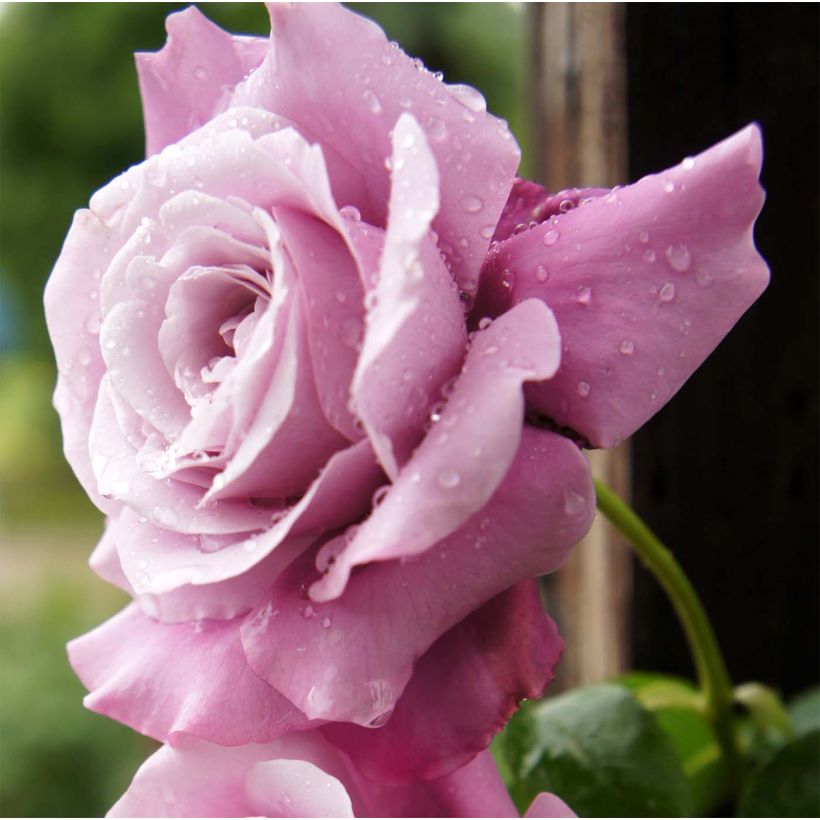

Plant habit
Flowering
Foliage
Botanical data
Rosa
Charles de Gaulle® 'Meilanein'
Rosaceae
Meilanein
Cultivar or hybrid
Rosa multiflora (Wrapped bare root, 4L/5L pot)
Planting and care
To plant your 'Charles de Gaulle' rose, choose a sunny or lightly shaded spot with well-worked soil that is not too heavy and has enough nutrients. Avoid planting in poor and excessively dry soils. Prepare the soil by crumbling it and adding an amendment, such as blood, fish and bone, at the bottom of the planting hole. After planting, water abundantly to remove air pockets and continue to water regularly for a few weeks to help the roots establish.
Pruning modern repeat flowering roses is important for flowering and should be done in three stages:
1. Regular maintenance pruning: During the season, regularly shorten the flowering branches and remove faded flowers along with their stem, leaving 2 or 3 leaves to encourage repeat flowering.
2. Preparatory autumn pruning: Lightly prune in preparation for the 'main' spring pruning. Note: This is not recommended in regions with cold winters as this could weaken the bush.
3. Spring pruning: In February-March, when the buds have become shoots 2 to 3 cm (1in) long, prune the young, strong branches to one-quarter of their length.
When pruning, always aim to remove dead wood, diseased branches, and weak shoots while opening up the centre of the bush. Retain the most vigorous branches, generally 3 to 6 well-positioned, to maintain an attractive habit. Always prune at a slant ½ cm or 1 cm (0in) above an outward-facing bud.
Roses may develop unsightly spots at the end of summer, but this is a natural occurrence and doesn't harm the rose's growth.
Planting period
Intended location
Care
Planting & care advice
-
, onOrder confirmed
Reply from on Promesse de fleurs
Similar products
Haven't found what you were looking for?
Hardiness is the lowest winter temperature a plant can endure without suffering serious damage or even dying. However, hardiness is affected by location (a sheltered area, such as a patio), protection (winter cover) and soil type (hardiness is improved by well-drained soil).

Photo Sharing Terms & Conditions
In order to encourage gardeners to interact and share their experiences, Promesse de fleurs offers various media enabling content to be uploaded onto its Site - in particular via the ‘Photo sharing’ module.
The User agrees to refrain from:
- Posting any content that is illegal, prejudicial, insulting, racist, inciteful to hatred, revisionist, contrary to public decency, that infringes on privacy or on the privacy rights of third parties, in particular the publicity rights of persons and goods, intellectual property rights, or the right to privacy.
- Submitting content on behalf of a third party;
- Impersonate the identity of a third party and/or publish any personal information about a third party;
In general, the User undertakes to refrain from any unethical behaviour.
All Content (in particular text, comments, files, images, photos, videos, creative works, etc.), which may be subject to property or intellectual property rights, image or other private rights, shall remain the property of the User, subject to the limited rights granted by the terms of the licence granted by Promesse de fleurs as stated below. Users are at liberty to publish or not to publish such Content on the Site, notably via the ‘Photo Sharing’ facility, and accept that this Content shall be made public and freely accessible, notably on the Internet.
Users further acknowledge, undertake to have ,and guarantee that they hold all necessary rights and permissions to publish such material on the Site, in particular with regard to the legislation in force pertaining to any privacy, property, intellectual property, image, or contractual rights, or rights of any other nature. By publishing such Content on the Site, Users acknowledge accepting full liability as publishers of the Content within the meaning of the law, and grant Promesse de fleurs, free of charge, an inclusive, worldwide licence for the said Content for the entire duration of its publication, including all reproduction, representation, up/downloading, displaying, performing, transmission, and storage rights.
Users also grant permission for their name to be linked to the Content and accept that this link may not always be made available.
By engaging in posting material, Users consent to their Content becoming automatically accessible on the Internet, in particular on other sites and/or blogs and/or web pages of the Promesse de fleurs site, including in particular social pages and the Promesse de fleurs catalogue.
Users may secure the removal of entrusted content free of charge by issuing a simple request via our contact form.
The flowering period indicated on our website applies to countries and regions located in USDA zone 8 (France, the United Kingdom, Ireland, the Netherlands, etc.)
It will vary according to where you live:
- In zones 9 to 10 (Italy, Spain, Greece, etc.), flowering will occur about 2 to 4 weeks earlier.
- In zones 6 to 7 (Germany, Poland, Slovenia, and lower mountainous regions), flowering will be delayed by 2 to 3 weeks.
- In zone 5 (Central Europe, Scandinavia), blooming will be delayed by 3 to 5 weeks.
In temperate climates, pruning of spring-flowering shrubs (forsythia, spireas, etc.) should be done just after flowering.
Pruning of summer-flowering shrubs (Indian Lilac, Perovskia, etc.) can be done in winter or spring.
In cold regions as well as with frost-sensitive plants, avoid pruning too early when severe frosts may still occur.
The planting period indicated on our website applies to countries and regions located in USDA zone 8 (France, United Kingdom, Ireland, Netherlands).
It will vary according to where you live:
- In Mediterranean zones (Marseille, Madrid, Milan, etc.), autumn and winter are the best planting periods.
- In continental zones (Strasbourg, Munich, Vienna, etc.), delay planting by 2 to 3 weeks in spring and bring it forward by 2 to 4 weeks in autumn.
- In mountainous regions (the Alps, Pyrenees, Carpathians, etc.), it is best to plant in late spring (May-June) or late summer (August-September).
The harvesting period indicated on our website applies to countries and regions in USDA zone 8 (France, England, Ireland, the Netherlands).
In colder areas (Scandinavia, Poland, Austria...) fruit and vegetable harvests are likely to be delayed by 3-4 weeks.
In warmer areas (Italy, Spain, Greece, etc.), harvesting will probably take place earlier, depending on weather conditions.
The sowing periods indicated on our website apply to countries and regions within USDA Zone 8 (France, UK, Ireland, Netherlands).
In colder areas (Scandinavia, Poland, Austria...), delay any outdoor sowing by 3-4 weeks, or sow under glass.
In warmer climes (Italy, Spain, Greece, etc.), bring outdoor sowing forward by a few weeks.


































